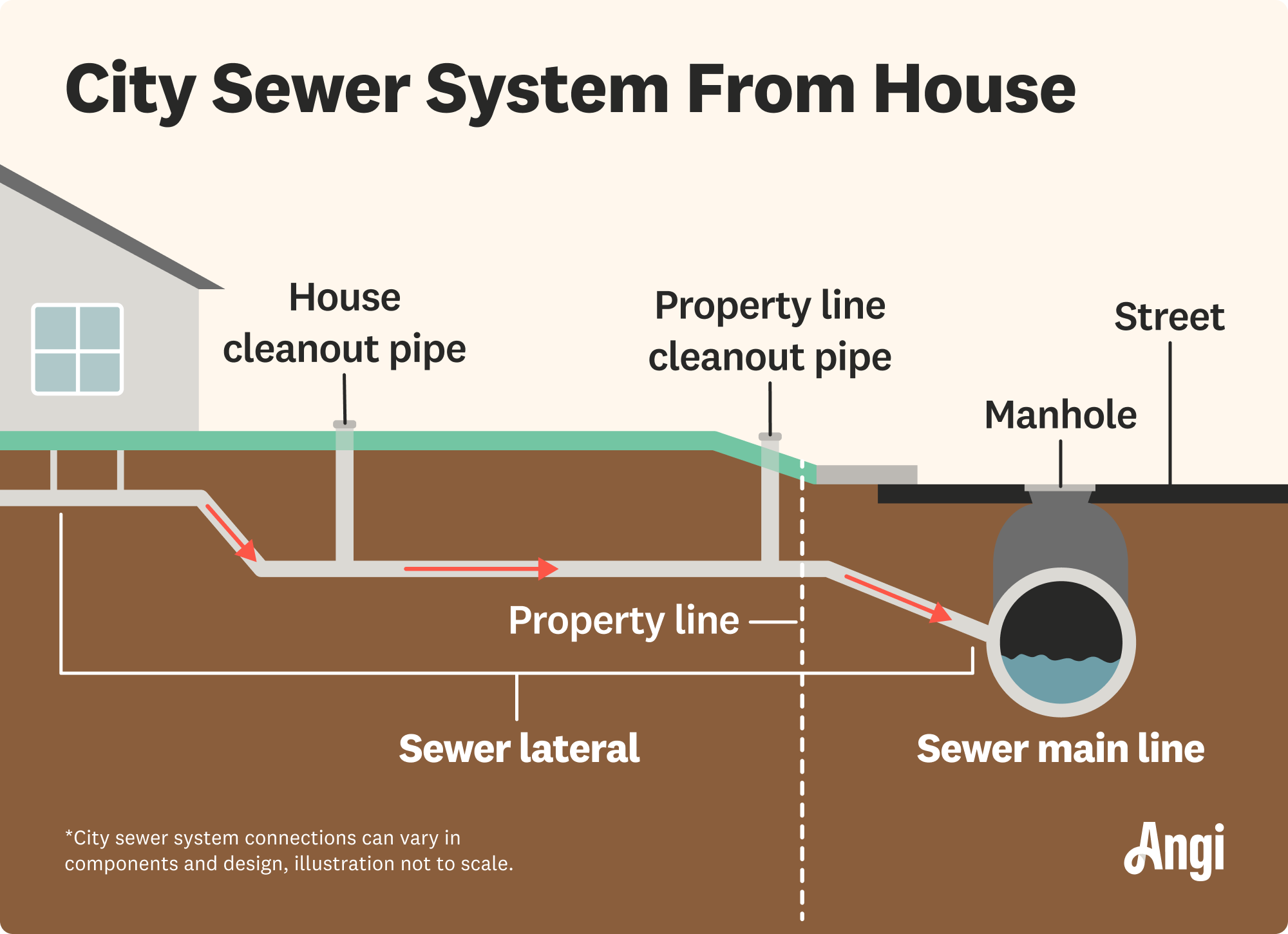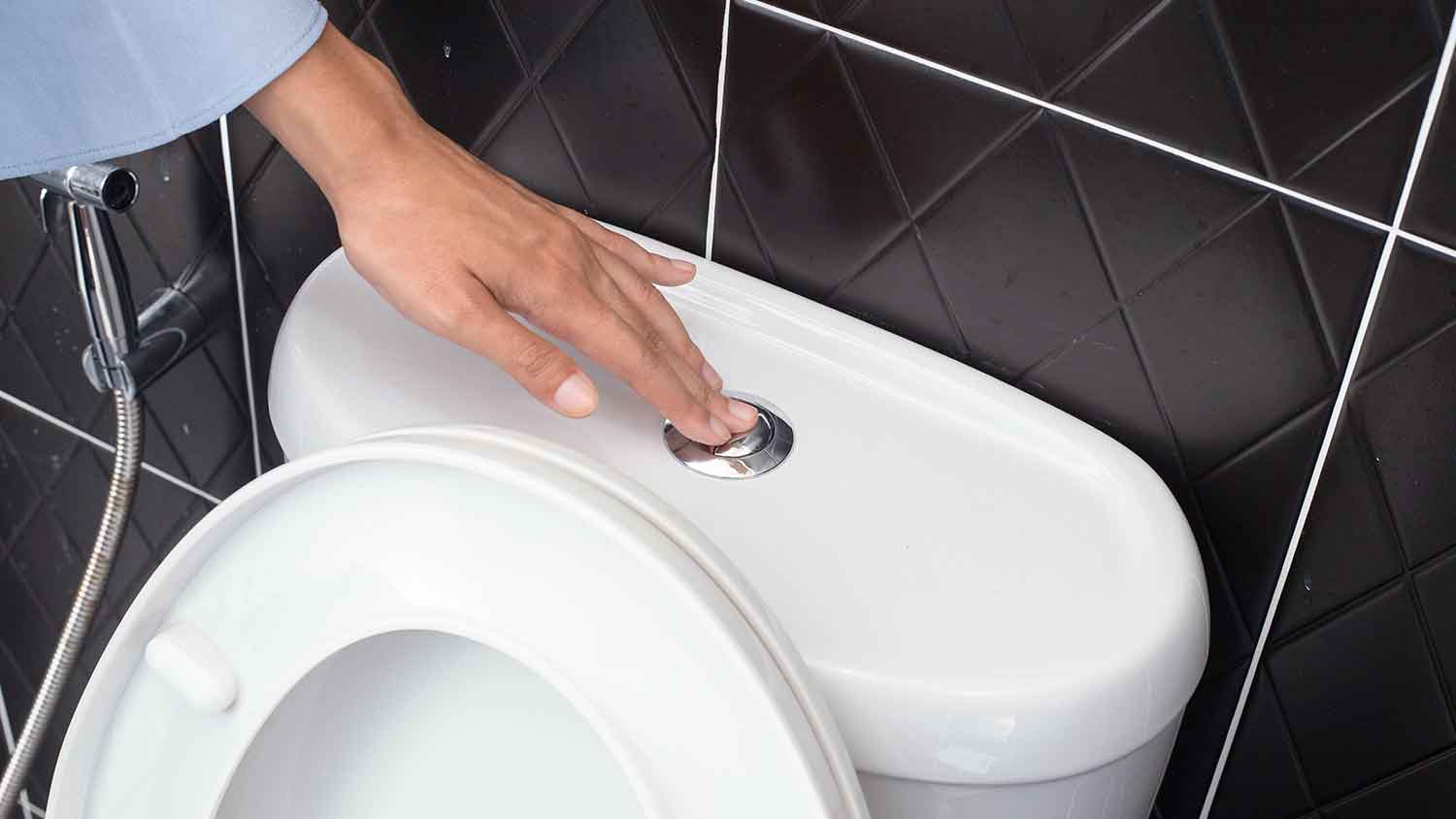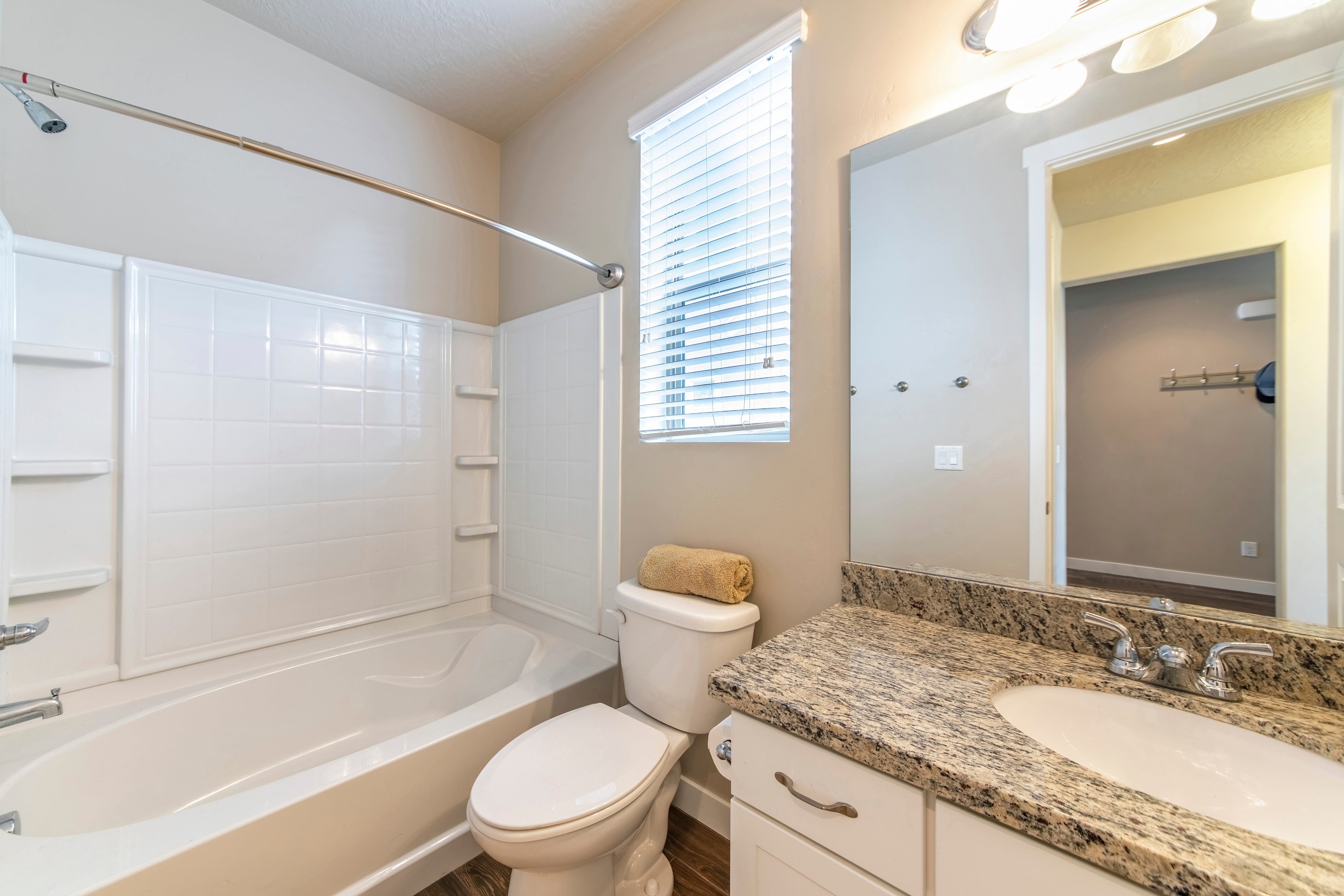
A small septic tank system is ideal for spaces with minimal needs, such as a one-to-two-bedroom apartment or guest house. A small septic tank contains 750 or 1,000 gallons. We’ll cover everything that factors into your small septic system cost here.
Most people pay $2,946 to install a sewer line in Minneapolis, Minnesota, but depending on materials and labor costs in your area, you may end up paying between $1,760 and $5,054.


The high water table and freezing winter in Minneapolis can affect sewer line installation costs.
A sewer pro will understand local cost factors and can give you an accurate estimate.
The city of Minneapolis requires permits when making changes to a private storm, sanitary sewer, or water lateral.
Minneapolis is part of the Minneapolis–St. Paul metro area in Minnesota, also referred to as the Twin Cities. The high water table in the area, due to the many lakes and freezing weather, creates challenges that impact the cost to install a sewer line in Minneapolis. Homeowners can expect to pay between $1,760 and $5,054, or an average of $2,946.
Understanding the cost to install a sewer line in Minneapolis can help you prepare for the expense. The project cost will depend on the type of pipe, its linear footage, and the demolition and site prep needed beforehand.

The average cost to install a sewer line ranges from $50 to $250 per linear foot. Sewer line pipes are about 5 inches in diameter and run underneath your yard from your house to the main sewer drain.
| Length (Feet) | Average Cost |
|---|---|
| 25 | $1,250–$6,250 |
| 50 | $2,500–$12,500 |
| 75 | $3,750–$18,750 |
| 100 | $5,000–$25,000 |
To install a sewer line, you’ll need to purchase the pipes that connect the main sewer drain to your home. New pipes cost about $3 to $20 per linear foot. Factor in the type of piping material and the length needed to get an estimate.
| Type of Pipe | Average Cost (Per Linear Foot) | Pros | Cons |
|---|---|---|---|
| PVC | $0.50–$5 | Cost-effective, smooth interior allows for faster flow and reduced blockages | Can collapse under heavy loads, susceptible to damage from extreme temperatures |
| Cast iron | $2–$10 | Highly durable, ideal for areas with heavy surface traffic | Prone to rust and corrosion, heavy material requires more labor |
| Copper | $20–$30 | Long-lasting, lightweight, fire-resistant | Highest cost |
| High-density polyethylene (HDPE) pipe | $3–$8 | Used with trenchless installation, and resists corrosion, tree root intrusion, and chemical damage | High cost |
Trenching: $800 per 100 linear feet
Boulder removal cost: $650–$1,200 per boulder
Tree removal cost: $200–$2,000 per tree
Pavement removal cost: $8–$15 per square foot
Hiring a pro in Minneapolis to install a sewer line will ensure that you obtain the proper permits and that the work is done according to local regulations and requirements.
To install a sewer line in Minneapolis, you’ll need a sewer permit. You’ll also need an excavation permit to allow for excavating a site to install the sewer pipe. The permit cost is $160 for up to 75 feet. For longer sewer lines, there’s an additional fee of $1.40 per foot after the initial 75 feet.
The cost of hiring a plumber in Minneapolis ranges between $70 and $150 per hour. Before hiring a local sewer service, you can verify that they are properly licensed with the city to conduct the work on your sewer system.
Another way to estimate labor costs is to use the number of linear feet of sewer line you’re installing. Rates for this range between $30 and $250 per linear foot.
If you’re going to sell, you’re likely wondering how installing a new sewer line will affect your home value. While a new sewer line in Minneapolis won’t increase home value the way that a garage door replacement or kitchen remodel can, it offers peace of mind for potential buyers. However, if the sewer line is poorly maintained and buyers know they will have to invest resources into repairing or replacing the sewer line, it can decrease the home value.
Home is the most important place on earth, which is why Angi has helped more than 150 million homeowners transform their houses into homes they adore. To help homeowners with their next project, Angi provides readers with the most accurate cost data and upholds strict editorial standards. We survey real Angi customers about their project costs to develop the pricing data you see, so you can make the best decisions for you and your home. We pair this data with research from reputable sources, including the U.S. Bureau of Labor Statistics, academic journals, market studies, and interviews with industry experts—all to ensure our prices reflect real-world projects.
Want to help us improve our cost data? Send us a recent project quote to [email protected]. Quotes and personal information will not be shared publicly.
From average costs to expert advice, get all the answers you need to get your job done.

A small septic tank system is ideal for spaces with minimal needs, such as a one-to-two-bedroom apartment or guest house. A small septic tank contains 750 or 1,000 gallons. We’ll cover everything that factors into your small septic system cost here.

Need to know what sewer line replacement costs in Philadelphia, PA? This guide will help you prepare to budget for sewer line replacement done by local contractors.

Planning a big project? It might be time to ask how much it costs to get utilities on land. This isn’t a budget-friendly project, so start planning here.

Need to know what sewer line replacement costs in Houston, TX? This guide will help you prepare to budget for sewer line replacement done by local contractors.

How long do septic tanks last? It’s a valid question for those who have one. The answer is it varies between 15 and 50 years, depending on several factors.

How deep is a septic tank, and why is it buried? Learn where to place your own septic system as well as how to maintain it and how much it costs.